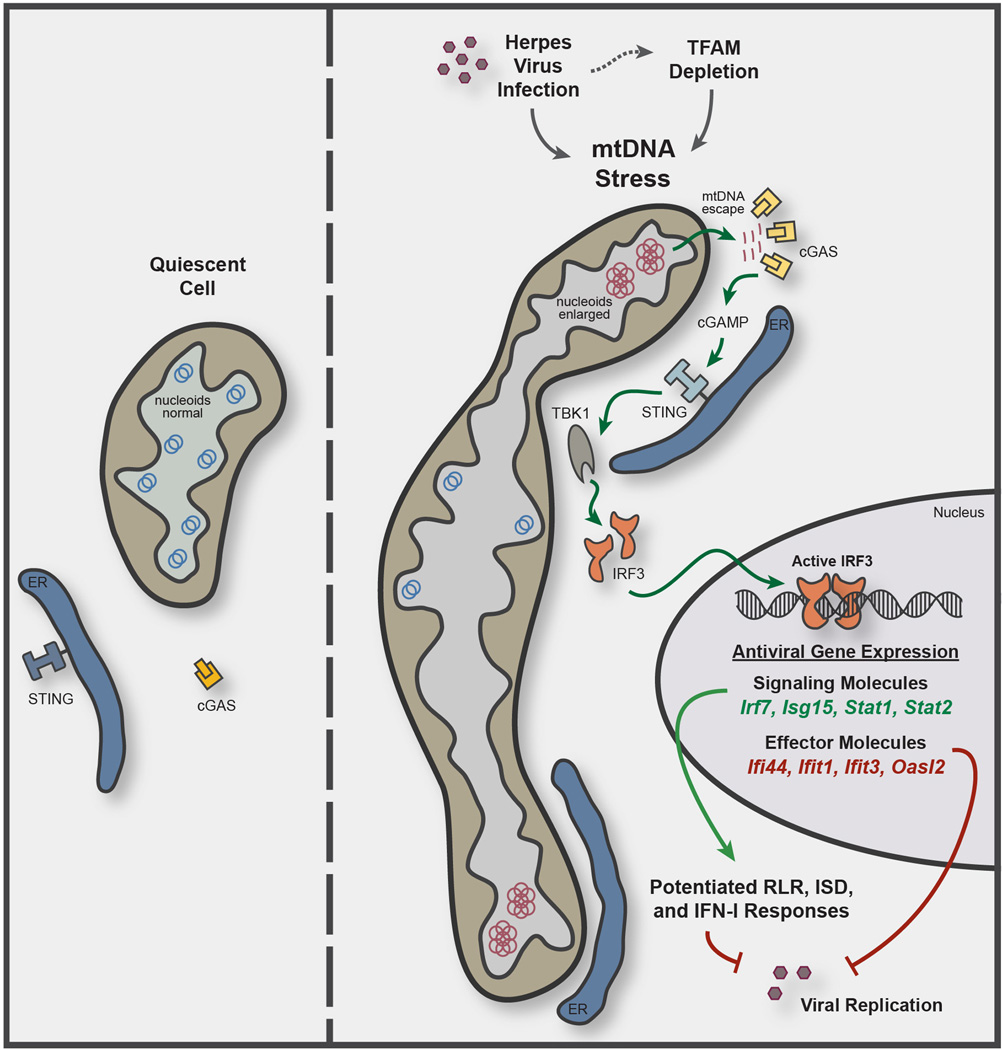Extended Data Figure 8. Model illustrating mtDNA stress-dependent antiviral priming.
TFAM depletion, induced genetically or during Herpes virus infection, triggers mtDNA stress, characterized by nucleoid loss and enlargement. This results in the release of fragmented mtDNA that recruits and activates peri-mitochondrial cGAS to generate the second messenger cyclic GMP-AMP (cGAMP) and activate ER-resident STING. STING then activates TBK1, which phosphorylates IRF3 to induce dimerization and nuclear translocation. Active IRF3 elevates basal gene expression of ISGs with antiviral signaling and effector functions. Signaling ISGs, such as IRF7, ISG15, STAT1, and STAT2 cooperate with IRF3 to potentiate RIG-I-like receptor (RLR), interferon-stimulatory DNA (ISD), and type I interferon (IFN-I) responses, and effector ISGs, such as IFI44, IFIT1, IFIT3, and OASL2, augment viral resistance. Both outcomes collectively and robustly boost innate antiviral defenses to dampen viral replication.

